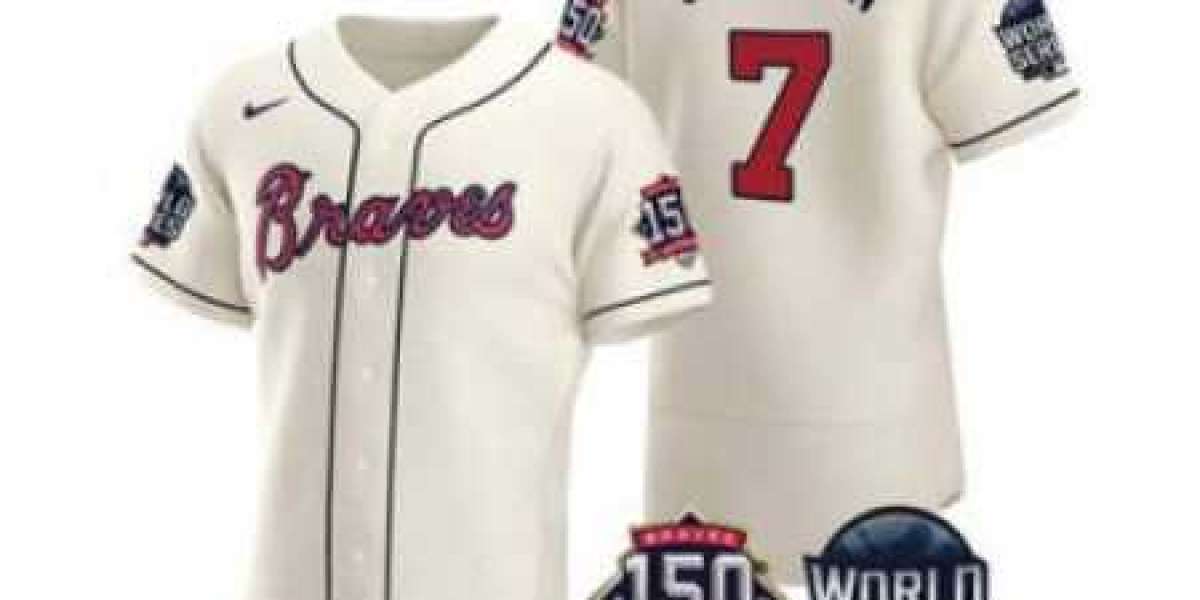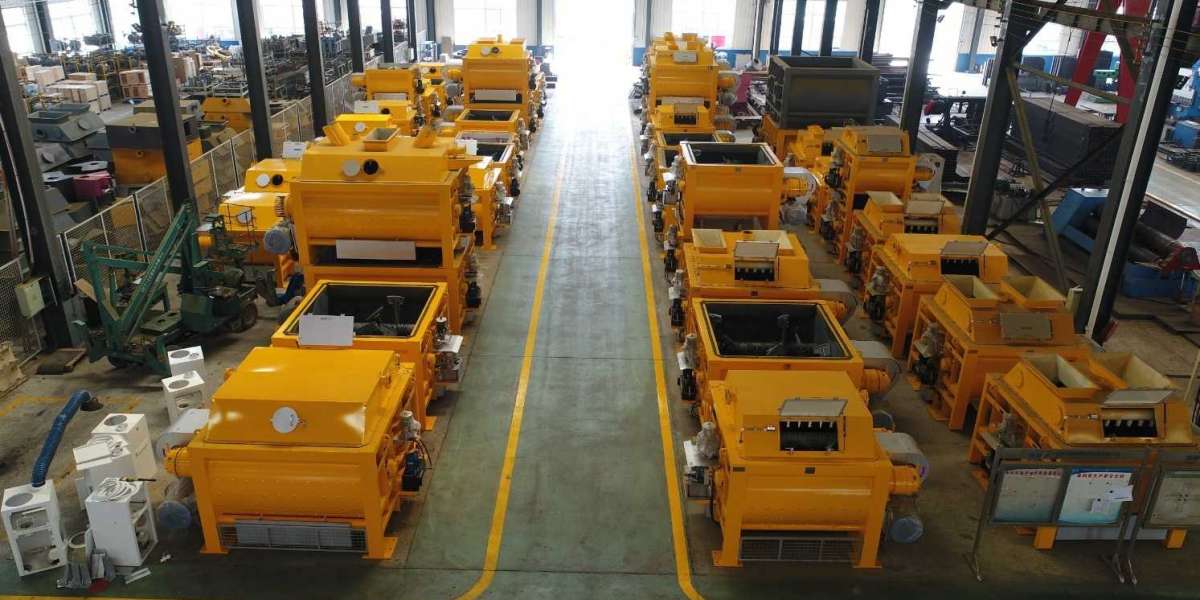lozosevalve.com
Control valves are control devices that are used to manage and control fluid flow, pressure, temperature, or liquid level by varying the flow passage size. In process systems of production wells, oil and gas plants, Chemical and Petrochemical industries, refineries, and power plants, Control valves are frequently used to control or manage any of the process parameters.
The piping systems of industrial, commercial, residential, and other civic facilities carry the lifeblood of modern civilization, like arteries and veins. And the valves in those piping systems serve the functions of allowing, stopping, regulating, and controlling the flow, to fulfill the intended objectives of the system.
Valves are an essential part of any piping system that conveys liquids, gases, vapors, slurries and mixtures of liquid and gaseous phases of various flow media. Some valves are self-actuated while others are manually operated or have actuators that are powered with electric motors, are pneumatic or hydraulic, or a combination to operate the valve. Valves are manufactured with metals and non-metals.
What is a Control Valve?
The control valve is an automated valve that can make precise adjustments to regulate and monitor any commodity flowing through a piping system. The function of a control valve is to provide throttling control in response to signals from a control system, using an actuator and a positioner. They are considered the "final control element" in an automated and usually very sophisticated "control loop".
A control valve receives the information from various sensors and transmitters in a control loop and processes that data to manage the control of the fluid parameter. The following figure shows a typical control loop for a control valve. There are many different types pf control valves, such as straight stroke control valve, single seat control valve, cage guided control valve, micro flow control valve, cryogenic control valve, bellow seal control valve, fluorine lined control valve, high pressure control valve, angle stroke control valve, ball control valve, etc.
Control Valve Features
The most common valve body style used as a control valve is the globe valve. Although many other body styles such as angle valves, Three-way valves, Eccentric rotary plug valves, semispherical ball valves, Ball Valves, Butterfly valves, etc are used, the globe valve provides the most effective means to regulate and control flow.
Control valves use signals received from instruments positioned throughout the piping system to automatically make adjustments that regulate the commodity within the pipe. Though control valves can perform many functions, they are typically used to control the flow of a commodity within a pipe or to limit its pressure.
Control valves must be arranged within a run of the pipe so that they can be easily operated. To achieve this, control valve manifolds are configured. Control valve manifolds make control valves readily accessible to plant workers.
thermally decouples a flask's payload from the external environment. The most common application of vacuum flasks is the storage or transmission of cryogenic fluids such as liquid nitrogen or liquid natural gas which can be maintained at extremely very low temperatures for extended durations.
Vacuum flasks provide very effective thermal insulation. The insulation is passive and the largest portion of thermal transfer into the vacuum flask occurs by conductance through the neck of the inner wall and by the electrical wiring or mechanical feed through entering the vacuum flask (thermal leakage). The small amount of conductance eventually raises the inner temperature within the vacuum flask which limits the payload's duration within hostile high temperature environments to a finite duration. Vaccum Flasks are often used as cola water bottle, insulated sports bottle or insulated coffee mug.
An additional form of heat gain in the vacuum flask is the heat generated by the electronics within the vacuum flask. Since the vacuum flask thermally decouples the contents of the flask from the external environment, the heat dissipated by the electronics can not escape from the vacuum flask and consequently increases the inner temperature within the vacuum flask which also limits the payload's duration within hostile high temperature environments.
Similar with the vacuum flasks, a thermo travel coffee mug is designed for taking hot beverages, such as coffee, tea, and hot chocolate, along while traveling. These mugs are most frequently used when traveling by car. However, they can also be used for carrying beverages on board buses, trains, and even boats. Though travel mugs are frequently used in vehicles, they also make frequent appearances at parks, sporting events, meetings, malls, and similar locations.
A travel mug usually has a spill-proof lid. This lid is designed to keep liquids from spilling out when cars go over bumps or as the result of the user's bouncy stride. The spill-proof design is also helpful for keeping heat inside the cup. Many have mechanisms that allow the user to take a quick sip of his or her beverage and reclose the lid with very little effort. This type of lid is often referred to as a spill-proof, drink-through lid.
When choosing a travel mug, a insulated coffee tumbler, a gallon water jug, a outdoor water bottle, a sports water jug or a protein shaker, many individuals recommend avoiding those with snap-on lids. These lids are known to pop off at the most inopportune times, sometimes causing painful burns. Even if users manage to escape burns, they may not be as fortunate when it comes to spills and stains. Screw-on lids are considered a far safer alternative.








